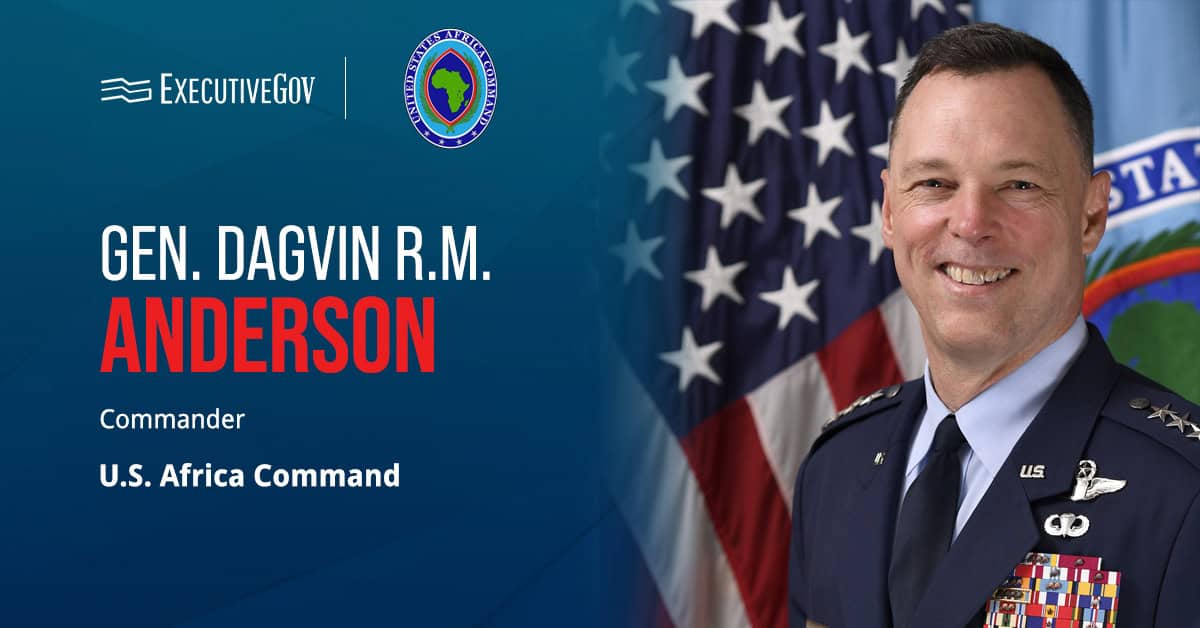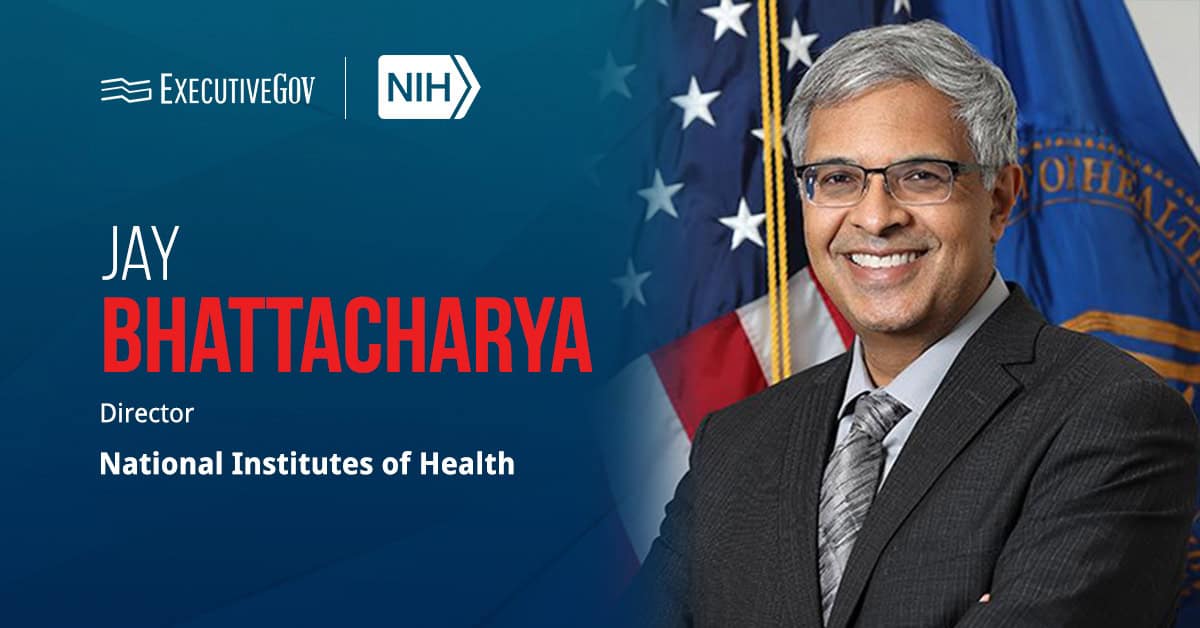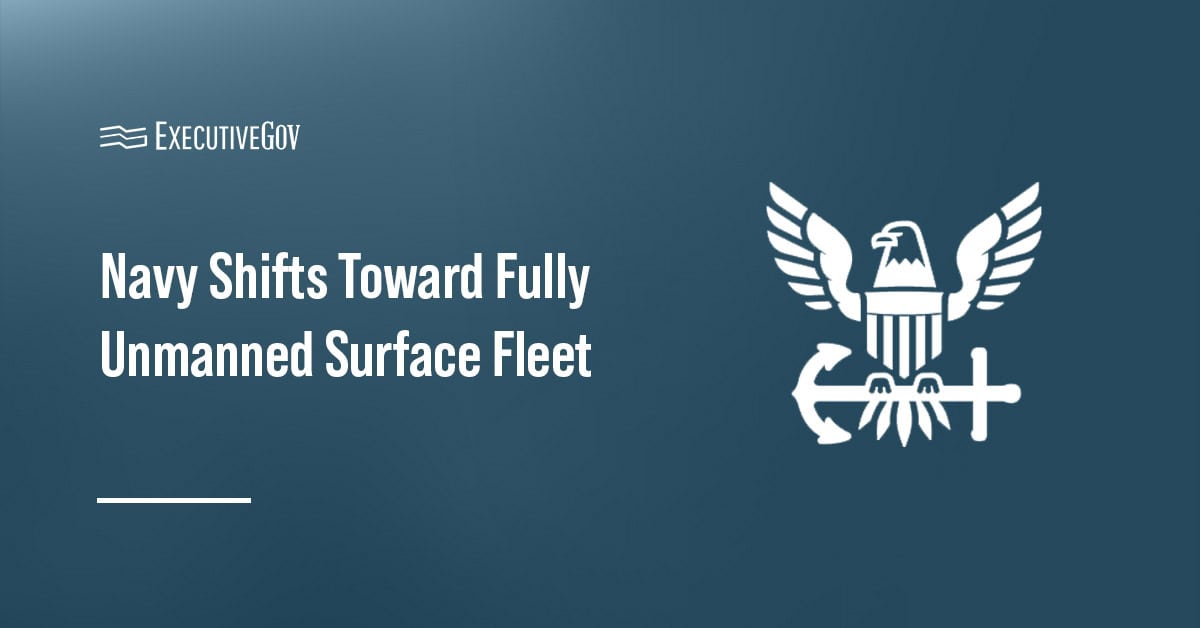Jamie Holcombe, chief information officer of the U.S. Patent and Trademark Office (USPTO), said machine learning helps USPTO speed up the process of assigning patent applications to examiners, FedScoop reported Wednesday.
The agency’s engineers who went to Google to learn more about TensorFlow application programming interfaces and machine learning are applying ML to patent search and classification processes using Python with TensorFlow.
“We immersed them in the culture, and they got Googly,” Holcombe said Wednesday during an ACT-IAC event. “They got certified in TensorFlow, which is the open-source library for a lot of neural network feedback loops.”
USPTO is tapping vendors to help perform patent classifications and compare them against the agency’s algorithms. Holcombe said allowing patent examiners to work with vendors allows the agency to further improve the algorithms.
Related Articles
Air Force Gen. Dagvin R.M. Anderson on Friday officially assumed the role of commander of U.S. Africa Command during a change of command ceremony held at Kelley Barracks in Stuttgart, Germany. Anderson took the helm of Africom from Marine Corps Gen. Michael Langley, who led efforts to strengthen operational readiness and improve interoperability with African and allied forces when he took command in August 2022. Join U.S. military leaders and industry experts as they discuss international partnerships, coalition warfare, technological advances and more at the Potomac Officers Club’s GovCon International Summit. Save your spot now for this Oct. 16 event! “I am
Jay Bhattacharya, director of the National Institutes of Health, said NIH is advancing a unified strategy that seeks to align funding approaches and priorities to address urgent health needs, support a biomedical research workforce and fund scientific research. “A central pillar of this approach is balancing scientific opportunity with mission-critical objectives,” Bhattacharya said in a statement published Friday. As part of the unified strategy, the NIH director said the agency is prioritizing artificial intelligence, real-world data platforms, alternative testing models and other next-generation tools. Hear experts discuss the latest tech advancements, policies and more at the Potomac Officers Club’s 2025
The U.S. Navy is moving away from the optionally manned vessel concept as it refines its vision for unmanned platforms that will operate alongside traditional surface ships, USNI News reported Friday. Officials said the service now prefers designs that keep sailors entirely off board. Speaking at an event at the U.S. Naval Institute, Capt. Matt Lewis, program manager for unmanned maritime systems, said the change stems from the complexity and cost that come with designing ships to accommodate crews. He noted that the Navy’s recent presolicitation for a Modular Attack Surface Craft, or MASC, encourages proposals that remove the need





